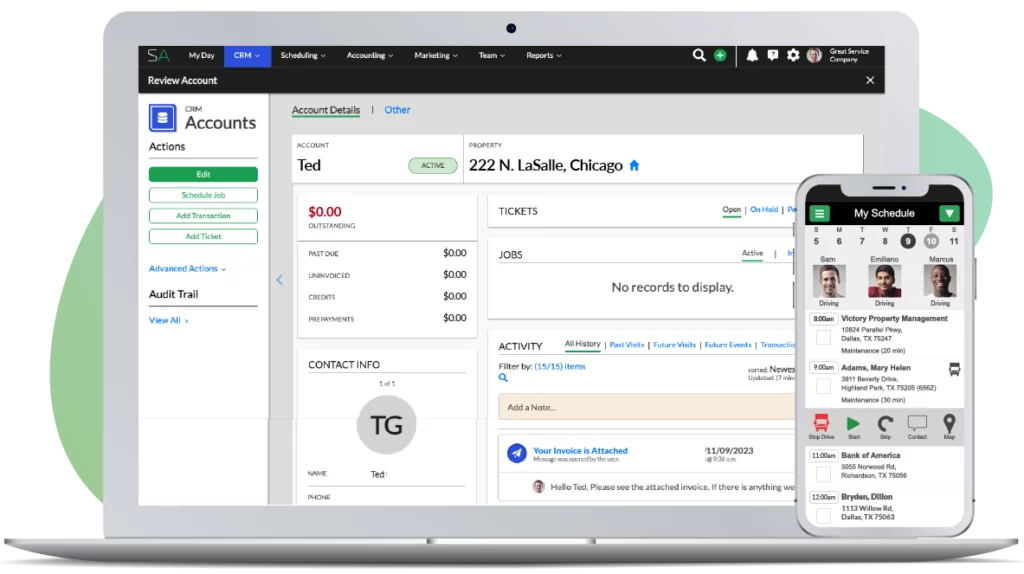Labor Burden is a common financial term you will hear in the lawn care and landscape industry.
I’m going to explain it, but for a more in-depth explanation, I’d recommend doing a Google search or buying a book or two from an industry expert in accounting.
Labor burden is the expense that you incur over and above the salary or the hourly wage that you pay. As an example, if you have a worker that you pay $14 per hour, their cost to you is far more than just that $14.
For example, when you hire that individual, there is no way around incurring payroll costs. For example, FICA is a payroll cost. Currently, it is 6.2% but, you also have to include for Medicare. You’re looking at a 6.65% FICA cost that you have to pay as the employer.
You have your payroll costs that are included. You also have workers’ compensation insurance in most states. There are a few states that do not require it. If you incur workers’ comp insurance, then that’s a percent. The reason it’s in a percent like general liability and any umbrella policies you carry, is because the cost of these fluctuate as you add employees. Your workers’ comp and general liability are going to be charged to you based on the rate that is set by the industry that you’re in and the amount of risk that that industry incurs. In other words, the insurance company has some rate table where they figured out their risk.
As an example, the tree care industry is far more risky than the carpet cleaning industry. The pest control industry is far riskier than even lawn mowing because you’re dealing with chemicals and pesticides and you’re inside the home. Based on your industry, your workers’ compensation insurance and your general liability insurance will fluctuate. They use an SIC code to figure this out. Then as you add workers, the insurance company incurs additional risk. Therefore, these expenses are a percent of your payroll. If you pay an individual 14 dollars an hour, you’re going to incur some additional percentage in cost for FICA, workers’ comp, and general liability. If you increase their cost on the payroll to 20 dollars an hour, these costs will go up as a percent in direct proportion. If you add a second person to your company, then these costs, again being a percent, will go up in direct relation.
There are some other things such as vacation pay and sick pay that can become part of this. I’m not an expert, so I’d recommend reading more about labor burden if you want to fully understand the subject. When you hear the term labor burden, this is what they’re referring to. It’s a cost that has to be considered in your direct costs. If you watch my video on direct costs, then you’ll know what I’m referring to there. Labor burden has to be considered with the payroll amount that you pay that person. Both numbers go into your direct costs on your PNL.




One Reply to “Labor Burden Explained”
Hello, I really like your posts, and they have helped me every time i read them, because I’m starting a lawn care business in a country(Croatia) which doesn’t have a well developed lawn care market.
I’d also like to point out to your main banner, where it says “Idea’s” instead of “Ideas” ( i went to grammar school :P)I hope this helps You.